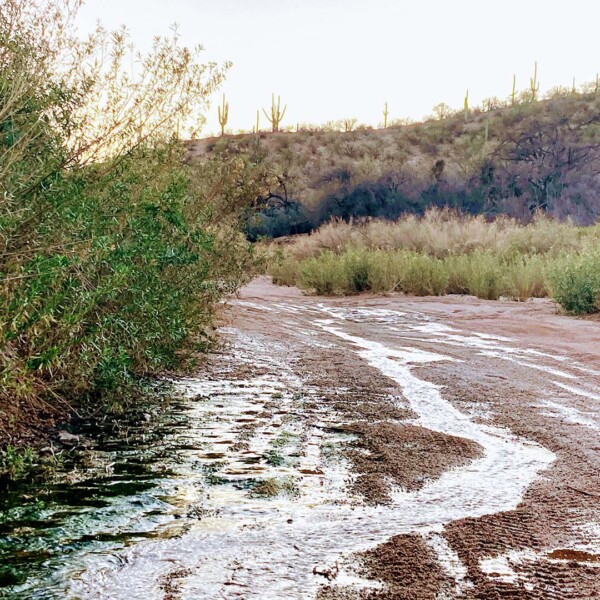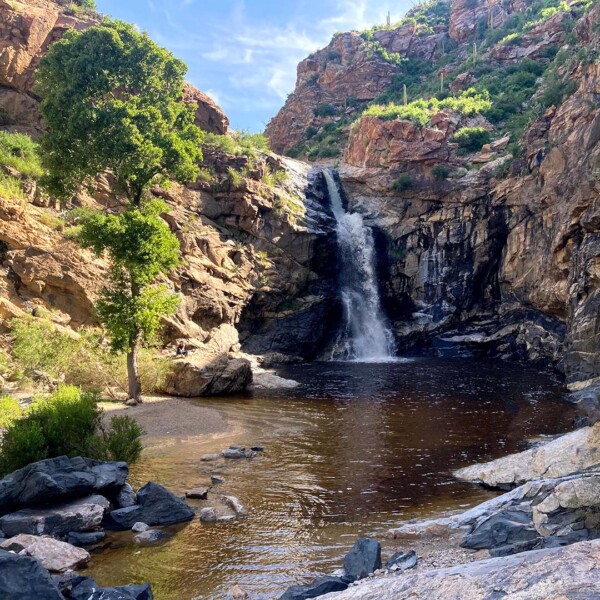Growing up in Tucson with the surrounding Arizona desert, any time I saw water, whether it was in the Rillito at flood stage or Sabino Canyon year-round, I assumed it was protected by law. As it turns out, I was mistaken. Water protections have had a varied history over the past few decades. Many surface waters are protected in the United States, but not all of them.
I recently read about a new case before the Supreme Court focused on wetlands — Sackett v. U.S. EPA — and was curious to learn more. Basically, the Sackett family wanted to develop a plot of land in Idaho near a lake. After beginning construction, the Environmental Protection Agency informed the Sacketts that the wetland on their lot was subject to the Clean Water Act of 1972. This didn’t mean the Sacketts couldn’t build; they just needed to get a permit first.
In a nutshell, the Clean Water Act protects what are known as Waters of the United States (WOTUS) by regulating sources of pollution such as feedlots and factories. There’s a lot more to the Act, but it all depends on what’s considered a protectable “water.”
In early 2023 the EPA broadened this definition for WOTUS to include more isolated waters like wetlands and springs after key safeguards were removed during the Trump administration. Under Trump, for any source to be protected, it had to be connected to a “traditionally navigable water” (think big enough for a boat). But with our abundant dry washes and isolated, ephemeral water sources, this narrow definition excluded most water in the western U.S.*
Now, the EPA’s newly released definition moves the needle significantly back the other way, including isolated wetlands and other bodies of water if they serve important functions such as storing floodwaters and providing food and habitat. This is great news for water, wildlife, and ecosystems.
There’s a lot that’s gotten us to this point, including previous Supreme Court cases like Rapanos v. United States that outlined how waters with a “significant nexus” to WOTUS should also be protected. And there’s still a lot to come with the Sackett case. But in the meantime, the recent change in the WOTUS definition is good news for water in the West.
Learn More
- High Country News: Will the Supreme Court gut the Clean Water Act?
- SCOTUS Blog: EPA’s authority over wetlands is at stake as justices wade back into regulatory morass
- Vox: The Supreme Court case that’s likely to handcuff the Clean Water Act
- Arizona Farm Bureau: Arizona’s Surface Waters Protection Rule
*Some more background for those who are curious how all this affects Arizona’s state policies: Trump’s rule was called the Navigable Waters Protection Act — a misleading name that rolled back key safeguards throughout the United States. Because the WOTUS definition ping-ponged back and forth from an Obama-era Clean Water Rule to Trump’s version and then back, the Arizona Department of Environmental Quality initiated a Surface Water Protection Program as a kind of safety net in case protection fell through at the federal level. And while Trump’s rule was eventually vacated by a court, Arizona decided to move forward with its program to protect surface waters independent of future changes to WOTUS’ definition. That said, the federal definition for “waters of the U.S.” still matters in Arizona. It’s a starting point for what’s automatically protected in the state. Otherwise, a given spring or wetland must be on Arizona’s Protected Surface Waters List to benefit. At the moment, Arizona is developing a process to nominate certain ephemeral or intermittent waters for inclusion on this important list. And we’ll post an update when they do, since we’ll be nominating waters surveyed through our Spring Seeker program.



